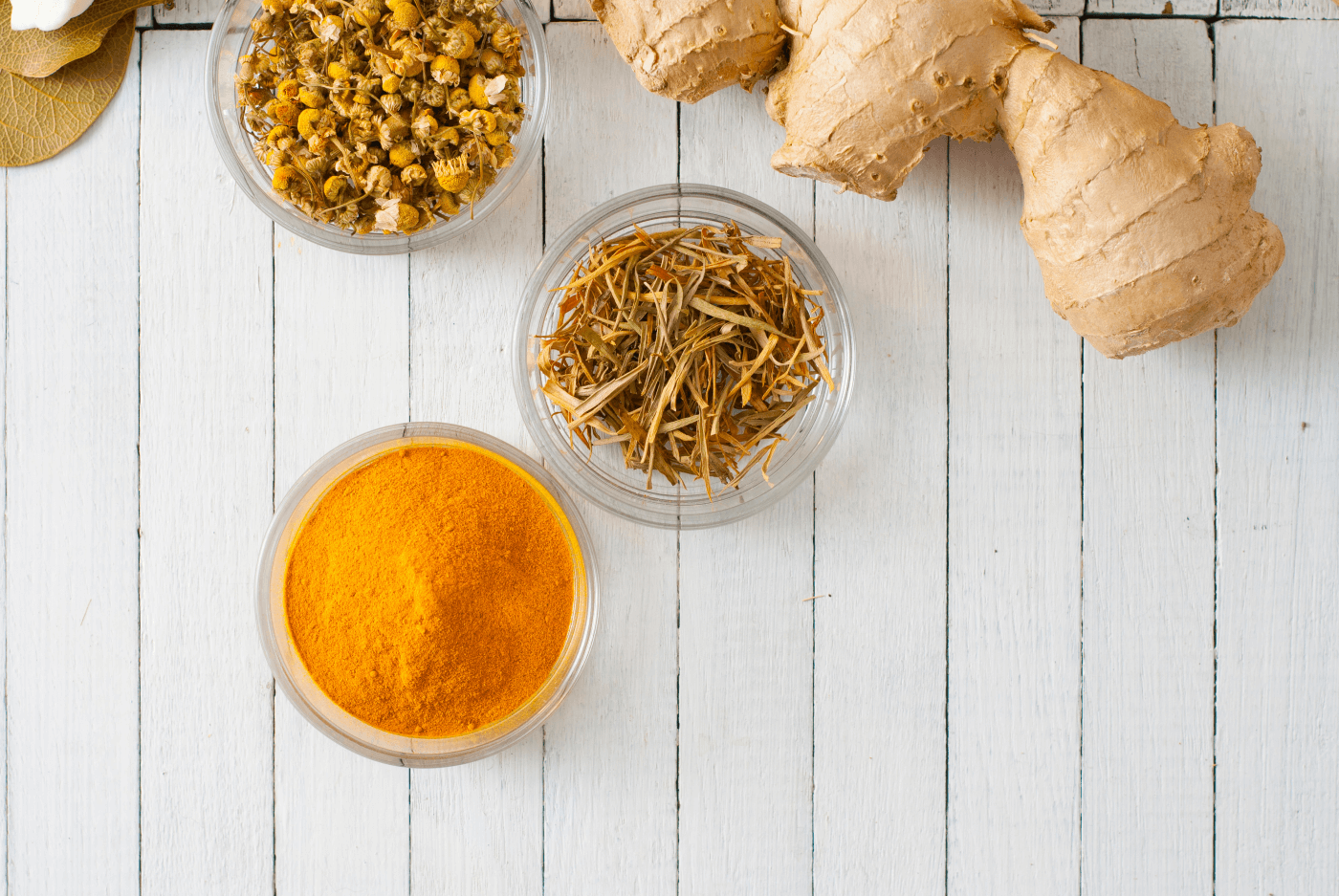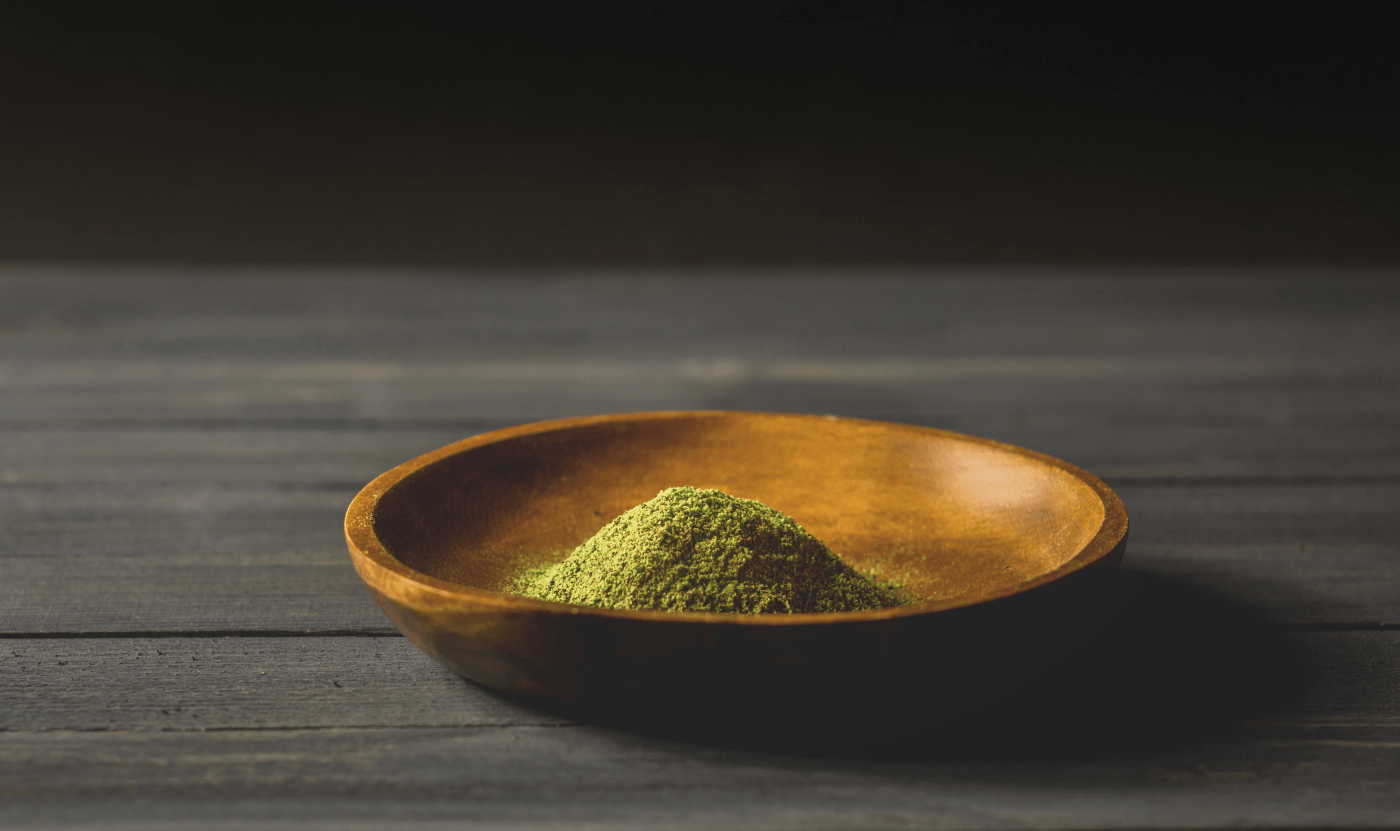
What is Kratom?
What is kratom? Kratom, scientifically labeled Mitragyna speciose, emerges as a unique herbal extract harvested from an evergreen tree nestled within the coffee family. This herb is crushed into a fine powder and can be in capsule form, or even be made into a tincture. Originating in Southeast Asia, specifically in countries like Indonesia, Malaysia, and Thailand, this botanical gem has woven itself into the historical tapestry of traditional medicine. The roots of Kratom usage are deeply embedded in ancient cultures, where it was revered for its multifaceted properties. The diverse strains of Kratom, bearing names often reflective of their geographical origins or the hues adorning their leaves, carry distinctive attributes. These strains, each a botanical symphony, create a spectrum of effects, establishing Kratom as a versatile ally in the world of herbal remedies.
The nuanced effects of Kratom are intricately linked to the quantity consumed, creating a personalized experience for users. This variability adds to the allure of Kratom, allowing individuals to tailor their usage to align with desired outcomes. As the leaves of this evergreen tree continue to be harvested and transformed into various forms for consumption, Kratom stands as a testament to the rich interplay between nature and culture. Its journey from the lush landscapes of Southeast Asia to becoming a globally recognized herbal extract highlights the enduring appeal and adaptability of this botanical treasure.
Some History
In ancient times, Kratom was embraced through a tapestry of diverse consumption methods, each reflecting the resourcefulness of cultures in harnessing its potential. Individuals would directly connect with the plant by chewing its leaves, and savoring its unprocessed essence. Swallowing dried leaves or brewing them into concoctions added layers of complexity, offering varied experiences of Kratom's properties. The creation of liquid formulations from Kratom extract not only expanded the repertoire of ingestion methods but also allowed for precise dosage administration, demonstrating an early recognition of the nuanced world of herbal remedies.
What set Kratom apart in ancient practices was its acknowledged opioid-like properties, believed to interact with the body's opioid receptors. Surprisingly, in modest amounts, Kratom was not perceived as a sedative, typical of opioids, but rather as a stimulant. Users lauded its ability to infuse vitality and energy into various activities. Beyond stimulation, Kratom leaves were revered for their mental benefits, believed to enhance cognitive performance and induce relaxation after periods of exertion. This historical narrative unveils Kratom as a versatile botanical ally, intricately woven into the fabric of ancient cultures, offering a spectrum of effects and applications that resonate through time.
Kratom in Society
Throughout the annals of time, Kratom has seamlessly navigated the realms of tradition and modernity, donning the garb of both a therapeutic elixir and a recreational indulgence. Its versatile nature allowed it to play dual roles, offering relief in ancient remedies and a touch of recreation to ease the rigors of daily life. However, this botanical marvel finds itself entangled in legal webs in certain regions, where restrictions on sales and importation cast shadows on its historical significance. Despite the hurdles, Kratom perseveres, a symbol of resilience against legal constraints.
It's paramount to acknowledge that Kratom, despite its storied past, is not positioned as a panacea. Research endeavors, ongoing and fervent, seek to unravel the depths of its potential benefits. The botanical's status as a therapeutic agent is not intended to replace professional medical advice, diagnose ailments, or present a cure-all solution. As the scientific community delves into the nuanced intricacies of Kratom's effects, it remains a subject of ongoing inquiry. Before embarking on a journey with Kratom, the key lies in thorough awareness and compliance with the legal landscape of your specific locale, ensuring a responsible and informed approach to its utilization.
The public emergence of kratom in the market traces back several decades, with its availability steadily increasing over time. While indigenous communities in Southeast Asia have long utilized kratom for its traditional and cultural significance, its introduction to the global market gained momentum in the latter half of the 20th century. Initially, kratom found its way to Western markets through ethnobotanical and herbal supplement vendors. The late 20th and early 21st centuries witnessed a surge in online platforms offering kratom products, providing accessibility to a broader audience. The public sale of kratom has since evolved, influenced by various factors such as changing regulations, cultural shifts, and an increasing interest in holistic well-being.
Conclusion
In summary, the world of Kratom unfolds as a nuanced tapestry, with the recommended serving size weaving through the intricate threads of individual health, age, and specific conditions. In regions where legality smiles upon its use, embracing Kratom necessitates a diligent pursuit of reliable information. Before Kratom finds its place in any wellness regimen, an informed and responsible approach becomes the guiding light, ensuring a harmonious integration of this botanical wonder into the broader landscape of personal health and well-being.



